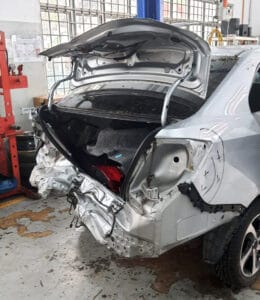As technology continues to reshape the automotive landscape, safety remains a paramount concern for drivers and passengers alike. While front anti-collision features have become standard in many vehicles, the advantages of rear anti-collision bar remain lesser-known. In this blog, we will unravel the significance of rear anti-collision bar, focusing on their benefits and functionality, especially in the context of their limited presence in select vehicle models.
Nissan Latio with OEM Front Anti-Collision Bar:
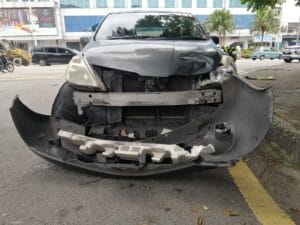
Tesla Model Y with OEM Front Anti-Collision Bar & Rear Anti-Collision Bar: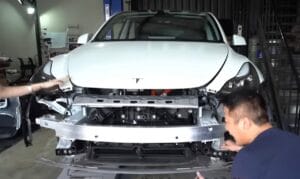
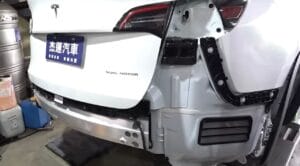
What is the role of Rear Anti-Collision Bar?
Rear anti-collision bar, also referred to as rear impact beams or rear anti-crash bars, are engineered to enhance vehicle safety in rear-end collisions. Unlike their more common counterpart, the front anti-collision systems, which are widely integrated across various makes and models, rear anti-collision beams are featured only in select vehicles. This selectivity, however, does not diminish their importance.
Selective models with OEM Rear Anti-Collision Bar: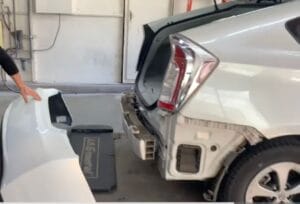
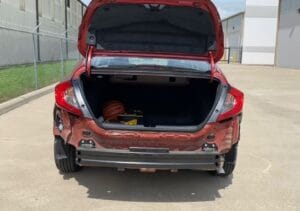
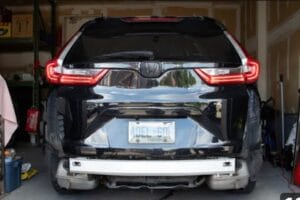
What are the Advantages of Rear Anti-Collision Beams?
- Comprehensive Protection: While front anti-collision systems are crucial for mitigating front-end collisions, the absence of rear protection can leave vehicles vulnerable. Rear anti-collision beams step in to address this gap, providing a comprehensive safety net by minimizing the damage and injuries sustained in rear-end accidents.
- Reduced Repair Costs: Rear-end collisions can result in expensive repairs due to damage sustained to the vehicle’s rear components. Rear anti-collision beams act as a buffer, absorbing a significant portion of the impact energy. This absorption can substantially reduce the extent of damage and, subsequently, the repair costs.
- Minimized Whiplash Injuries: Rear-end collisions are notorious for causing whiplash injuries due to sudden deceleration. Rear anti-collision beams help dissipate the impact forces gradually, thereby reducing the abrupt jolt to the occupants’ bodies and minimizing the risk of whiplash.
- Secondary Collision Prevention: The force of a rear-end collision can propel a vehicle into the one ahead, causing a secondary collision. Rear anti-collision beams mitigate this risk by absorbing and dispersing the impact energy, potentially preventing further collisions.
The function of Rear Anti-Collision Bar:
Rear anti-collision beams are engineered using sturdy materials, often high-strength steel, strategically placed at the rear of the vehicle. In the event of a rear-end collision, these beams absorb and distribute the kinetic energy generated by the impact. The design may incorporate crumple zones or deformation points to optimize energy absorption.
Example:
As the automotive industry continues to prioritize safety, the presence of rear anti-collision bar cannot be underestimated. While their availability in OEM models remains limited, innovators like Ultra Racing step forward to provide tailored solutions that enhance vehicle safety comprehensively. By minimizing injuries, reducing damage, and preventing secondary collisions, rear anti-collision beams, with Ultra Racing’s contribution, usher in a new era of holistic vehicle protection.




